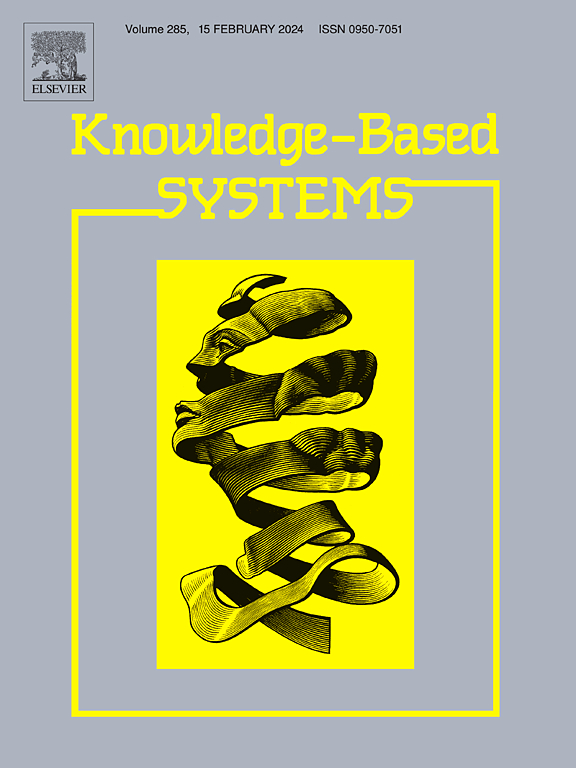通过 CAWAL 框架在大型门户网站中进行预测建模和异常检测
IF 7.2
1区 计算机科学
Q1 COMPUTER SCIENCE, ARTIFICIAL INTELLIGENCE
引用次数: 0
摘要
本研究介绍了一种方法,该方法使用通过 CAWAL 框架收集的会话和页面浏览数据,并通过专门的流程加以丰富,用于网络使用挖掘(WUM)应用中的高级预测建模和异常检测。传统的网络使用挖掘方法通常依赖于网络服务器日志,这限制了数据的多样性和质量。CAWAL 框架将应用日志与网络分析相结合,创建了全面的会话和页面视图数据集,提供了更详细的用户交互视图,有效地解决了这些局限性。这种整合提高了数据的多样性和质量,同时省去了传统 WUM 所需的预处理阶段,从而提高了流程效率。通过交叉整合会话和页面视图数据创建的丰富数据集被应用于梯度提升和随机森林等先进的机器学习模型,这些模型以捕捉复杂模式和模拟非线性关系的有效性而著称。这些模型预测用户行为的准确率超过 92%,并显著提高了异常检测能力。研究结果表明,这种方法能详细洞察用户行为和系统性能指标,是提高大型门户网站效率、可靠性和可扩展性的可靠解决方案。本文章由计算机程序翻译,如有差异,请以英文原文为准。

Predictive modeling and anomaly detection in large-scale web portals through the CAWAL framework
This study presents an approach that uses session and page view data collected through the CAWAL framework, enriched through specialized processes, for advanced predictive modeling and anomaly detection in web usage mining (WUM) applications. Traditional WUM methods often rely on web server logs, which limit data diversity and quality. Integrating application logs with web analytics, the CAWAL framework creates comprehensive session and page view datasets, providing a more detailed view of user interactions and effectively addressing these limitations. This integration enhances data diversity and quality while eliminating the preprocessing stage required in conventional WUM, leading to greater process efficiency. The enriched datasets, created by cross-integrating session and page view data, were applied to advanced machine learning models, such as Gradient Boosting and Random Forest, which are known for their effectiveness in capturing complex patterns and modeling non-linear relationships. These models achieved over 92% accuracy in predicting user behavior and significantly improved anomaly detection capabilities. The results show that this approach offers detailed insights into user behavior and system performance metrics, making it a reliable solution for improving large-scale web portals’ efficiency, reliability, and scalability.
求助全文
通过发布文献求助,成功后即可免费获取论文全文。
去求助
来源期刊

Knowledge-Based Systems
工程技术-计算机:人工智能
CiteScore
14.80
自引率
12.50%
发文量
1245
审稿时长
7.8 months
期刊介绍:
Knowledge-Based Systems, an international and interdisciplinary journal in artificial intelligence, publishes original, innovative, and creative research results in the field. It focuses on knowledge-based and other artificial intelligence techniques-based systems. The journal aims to support human prediction and decision-making through data science and computation techniques, provide a balanced coverage of theory and practical study, and encourage the development and implementation of knowledge-based intelligence models, methods, systems, and software tools. Applications in business, government, education, engineering, and healthcare are emphasized.
 求助内容:
求助内容: 应助结果提醒方式:
应助结果提醒方式:


